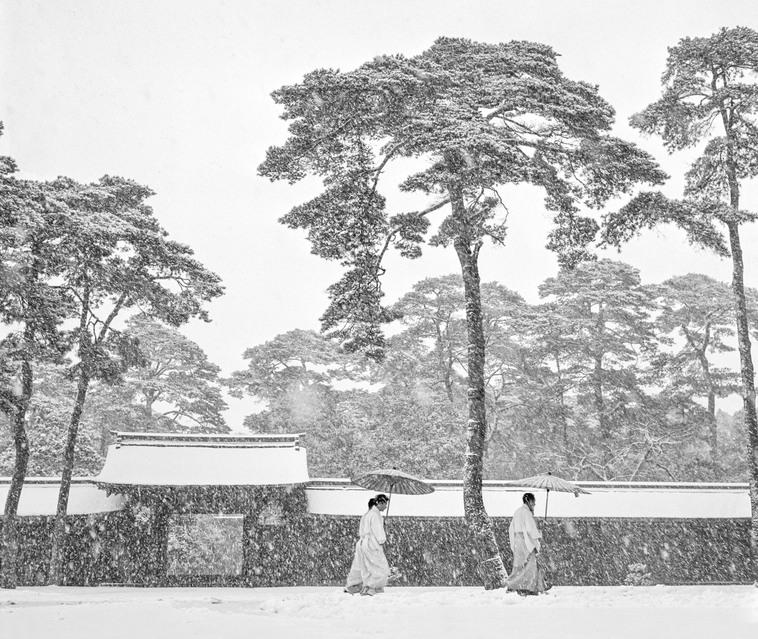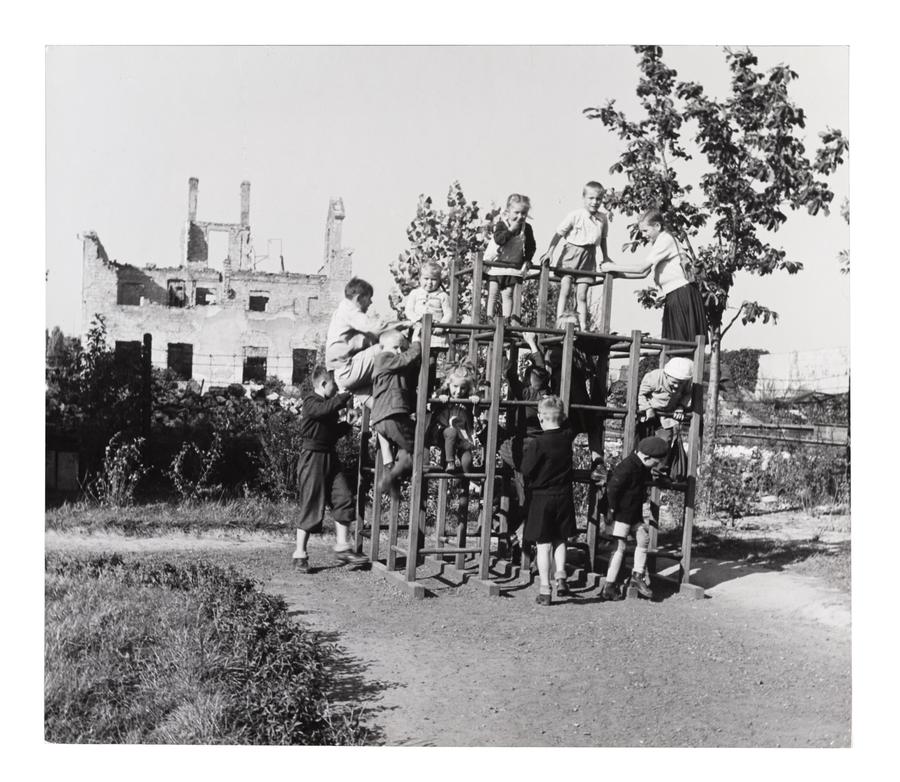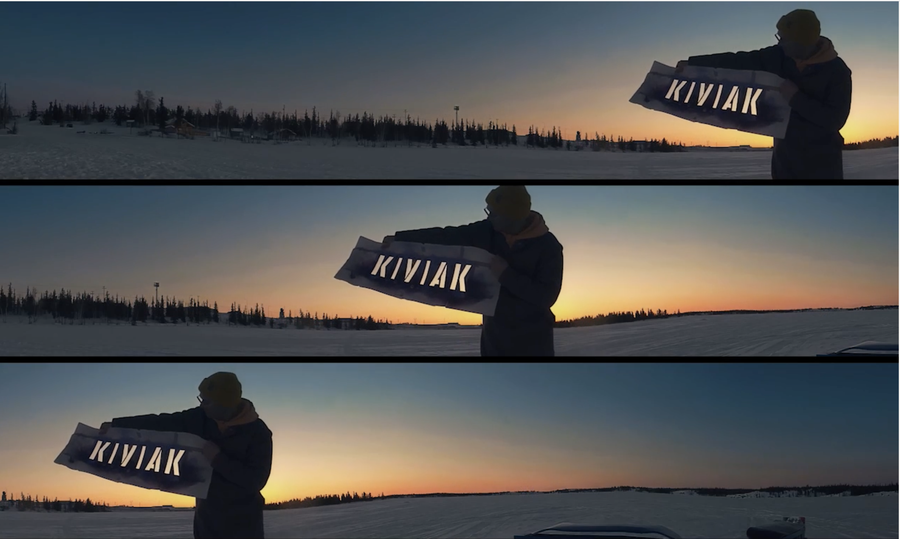Shelley Niro: Battlefields of my Ancestors
April 29 – August 13, 2017
Flowerbed alongside Egerton Ryerson statue, Gould Street at Bond Street & Fort York National Historic Site
Curator: Bonnie Rubenstein
In her ongoing photographic series, Shelly Niro (Mohawk, turtle clan) documents the historic battlefields that hold significance for her people. Following the migration route of the Six Nations from Upstate New York to Southern Ontario—which began during the American Revolutionary War—she captures signs, memorials and landscapes. Situated alongside pre-existing plaques that describe Toronto Metropolitan University's (formerly Ryerson University) origins, her images offer a complex perspective on “official” histories.
A two-venue installation presented in partnership with Fort York National Historic Site.
Event(s):
Scotiabank CONTACT Photography Festival Opening and Season Launch Party
Friday, April 28
7:00 – 11:00 PM
A public installation of the Scotiabank CONTACT Photography Festival
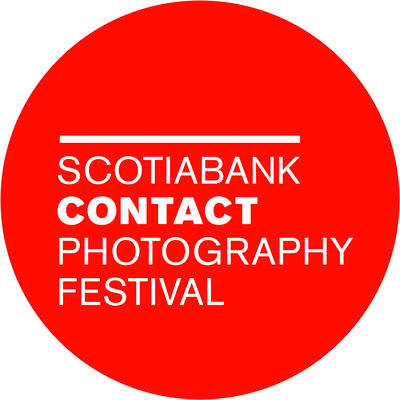
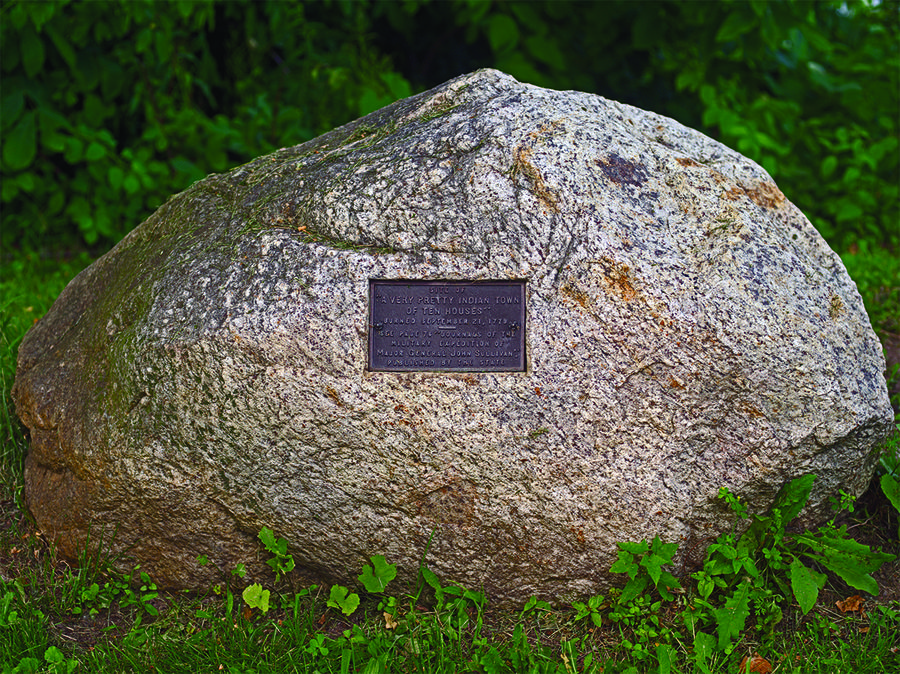
Shelley Niro, Cayuga Lake, 2014
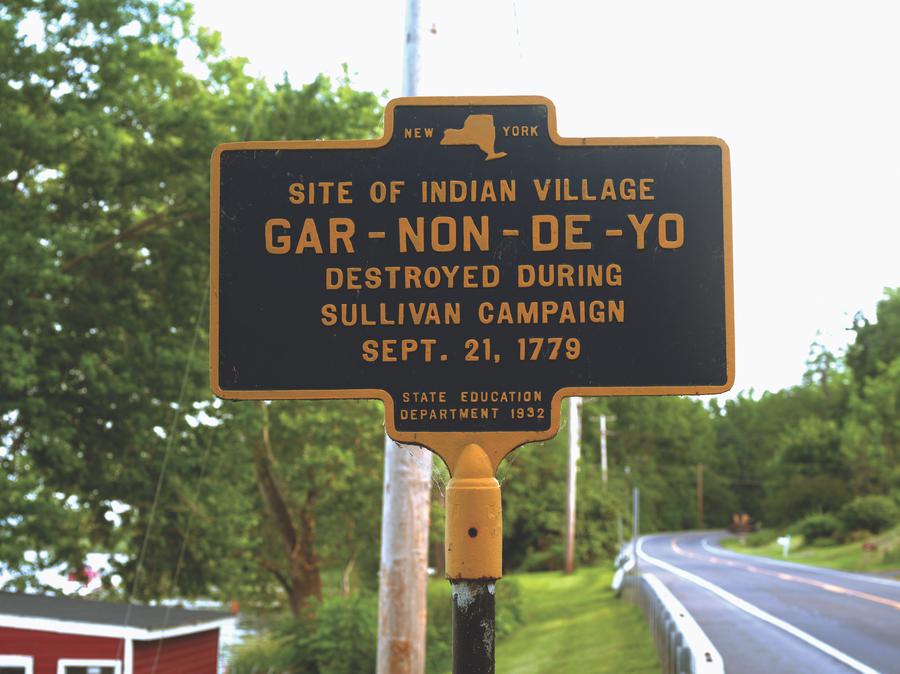
Shelley Niro, Sullivan Campaign, 2014
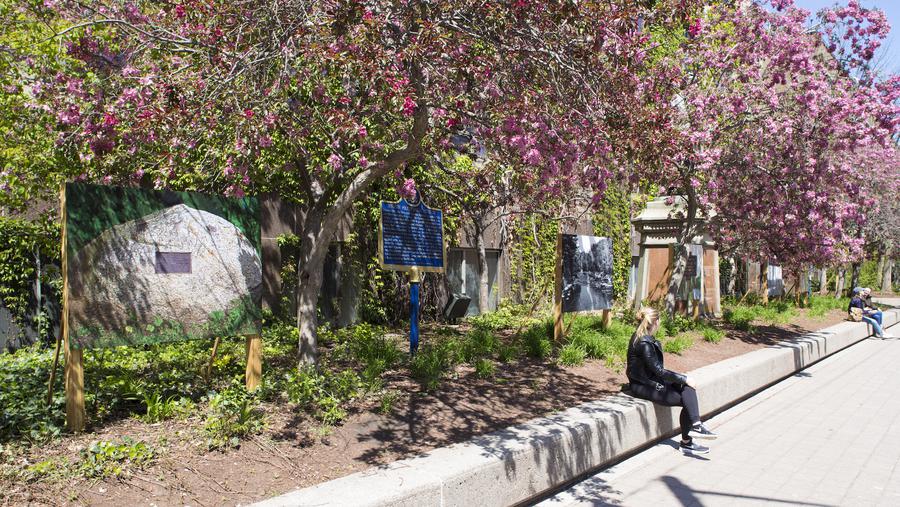
Shelley Niro: Battlefields of my Ancestors (installation view), 2017 © Riley Snelling, The Image Centre
Artist Bio
Shelley Niro
For more than 30 years, multidisciplinary artist and filmmaker Shelley Niro (Mohawk, turtle clan) has chronicled the land of the Mohawks—part of the confederacy of Six Nations called the Haudenosaunee, or Iroquois. While best known for figurative imagery that boldly challenges stereotypical interpretations of Indigenous women, identity, and culture, Niro’s quiet focus on landscape has been unwavering. She has repeatedly followed the Six Nations’ migration route from Upstate New York, where she was born, to southern Ontario, where she currently lives. She has visited the sites of ancestral villages destroyed during the American Revolutionary War (1775 – 1783) and documented the historic battlefields that hold significance for her people. Niro’s quest began with the oral history passed down by her father, who recalled his grandmother’s narrative to describe the beauty and majesty of the Mohawk’s traditional land—a place he had never seen. As Niro explored the seemingly boundless regions of the Adirondacks and Finger Lakes, she questioned: “Why aren’t there more Mohawks living in the Mohawk Valley, and why didn’t we move back after the American Revolution?”
Installation Shots
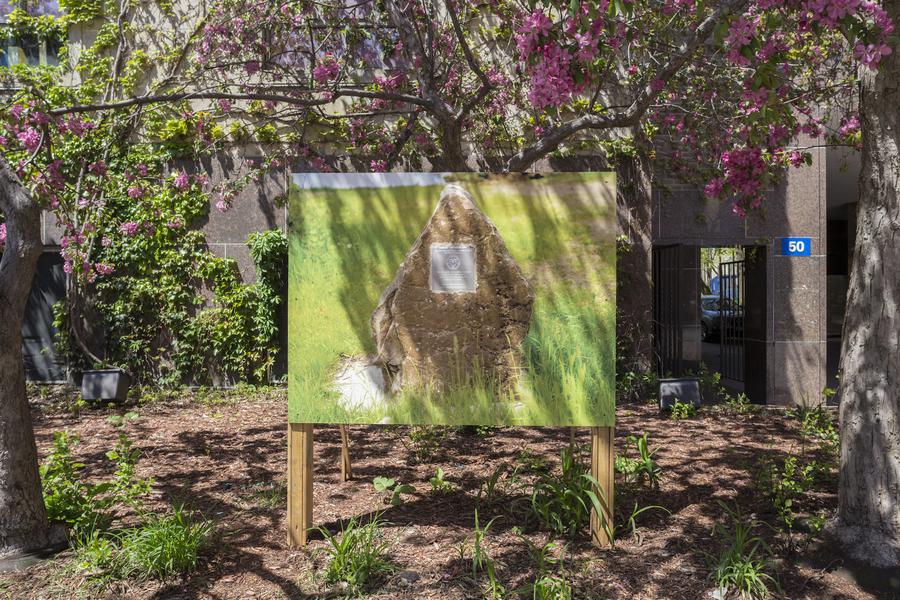
Shelley Niro: Battlefields of my Ancestors (installation view), 2017 © Riley Snelling, The Image Centre
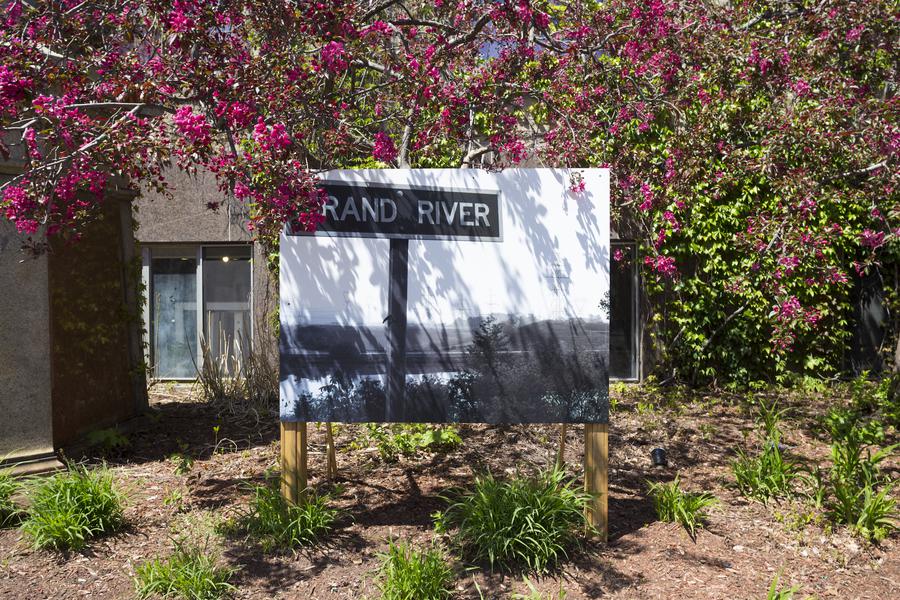
Shelley Niro: Battlefields of my Ancestors (installation view), 2017 © Riley Snelling, The Image Centre
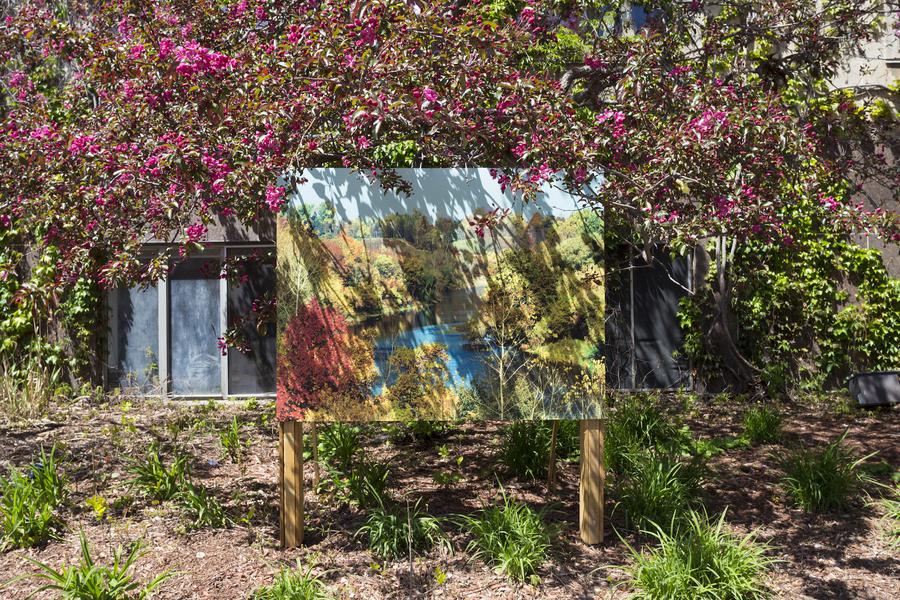
Shelley Niro: Battlefields of my Ancestors (installation view), 2017 © Riley Snelling, The Image Centre
